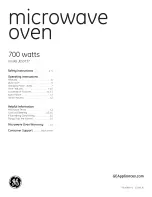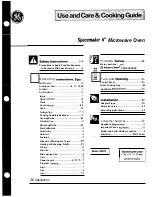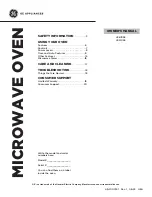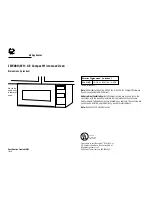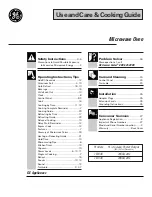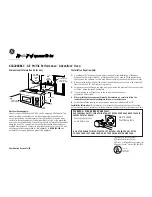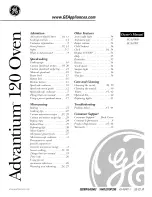
How it works
en
37
Baking on two or more levels
Height
2 levels
¡
Universal pan
¡
Baking tray
3
1
2 levels
¡
Baking tins/dishes on 2 wire
racks
3
1
3 levels
¡
Baking tray
¡
Universal pan
¡
Baking tray
5
3
1
4 levels
¡
4 wire racks with greaseproof pa-
per
5
3
2
1
Use the 4D hot air heating function.
Note:
Items that are placed in the appliance on baking
trays or in baking tins/dishes at the same time will not
necessarily be ready at the same time.
28.3 Roasting, braising and grilling tips
¡
The recommended settings are for fridge-temperat-
ure food and unstuffed, oven-ready poultry.
¡
Place the poultry onto the cookware breast-side or
skin-side down.
¡
Turn roasting joints, grilled items or whole fish after
approx. ½ to ⅔ of the specified time.
Roasting on the wire rack
Food roasted on the wire rack will become very crispy
on all sides. You can roast large poultry, for example,
or multiple individual pieces at the same time.
¡
Roast pieces of a similar weight and thickness. The
grilled food will brown evenly and will remain succu-
lent and juicy.
¡
Place the food to be roasted directly on the wire
rack.
¡
To catch any liquids that drip down, place the uni-
versal pan, with the wire rack inside it, into the cook-
ing compartment at the specified shelf height.
¡
Add up to ½ litre of water to the universal pan, de-
pending on the size and type of food that you want
to roast.
You can make a sauce from the juices that are col-
lected. This also means that less smoke is pro-
duced and the cooking compartment does not be-
come as dirty.
Roasting in cookware
If you cover the cookware when you cook your food,
this will keep the cooking compartment cleaner.
General information about roasting in cookware
¡
Use heat-resistant, ovenproof cookware.
¡
Place the cookware on the wire rack.
¡
Glass cookware is best.
¡
Follow the manufacturer's instructions for your roast-
ing dishes.
Roasting in uncovered cookware
¡
Use a deep roasting dish.
¡
If you do not have any suitable cookware, you can
use the universal pan.
Roasting in covered cookware
¡
Use a suitable lid that seals well.
¡
When roasting meat, there should be at least 3 cm
between the food and the lid. The meat may ex-
pand.
WARNING ‒ Risk of scalding!
Very hot steam may escape when the lid is opened
after cooking. Steam may not be visible, depending on
the temperature.
▶
Lift the lid in such a way that the hot steam can es-
cape away from you.
▶
Keep children away from the appliance.
Grilling
Grill food if you want it to be crispy.
The "Grill" type of heating is good for cooking thinner
pieces of poultry, meat and fish such as steaks, drum-
sticks and burgers. It is also excellent for toasting
bread.
Circulated air grilling is very well suited to cooking
whole poultry and fish, as well as meat, e.g. roast pork
with crackling.
¡
When grilling several food items, choose pieces that
are of a similar weight and thickness. The grilled
food will brown evenly and will remain succulent
and juicy.
¡
Place the food to be grilled directly onto the wire
rack.
¡
To catch any liquids that drip down, place the uni-
versal pan into the cooking compartment at least
one level below the wire rack.
Notes
¡
The grill element switches on and off continuously.
This is normal. The grill setting that you use determ-
ines how frequently this occurs.
¡
Smoke may be produced when grilling.
28.4 Cooking tips for steaming
Cook your food gently. The food remains particularly
succulent.
In contrast to cooking with added steam, the meat
does not become crispy on the outside.
¡
Use uncovered, heat-resistant cookware that is suit-
able for cooking with steam.
¡
The perforated steaming tray, size XL, is the best
option here. To catch any liquid that drips down,
slide the universal pan into the cooking compart-
ment one level below.
Alternatively, you can place a glass dish onto the
wire rack.
¡
Cover food that you would normally cook in a bain
marie with film, e.g. cling film.
¡
You do not need to turn the food.
¡
To obtain a slightly different flavour, you can sear
the meat, poultry or fish before steaming. Reduce
the cooking time.
¡
Larger food items require a longer heat-up time and
a longer cooking time.
¡
If you are using several pieces which are the same
weight, the appliance's heat-up time is increased.
The cooking time remains the same.































